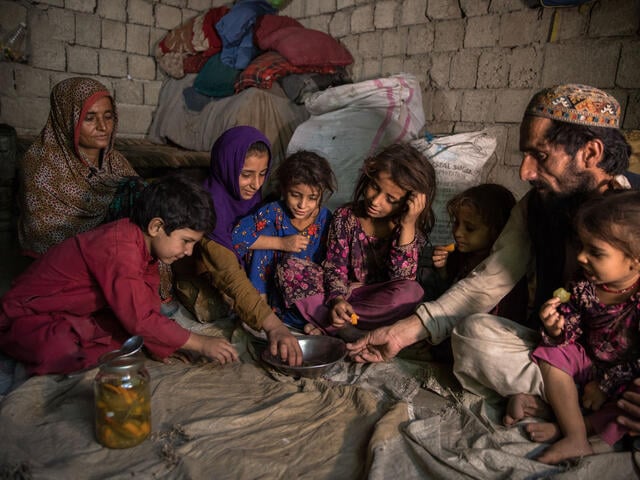waynethomasyorke.com – Afghanistan, a country located at the crossroads of Central and South Asia, has been plagued by conflict and poverty for decades. The nation’s history is marked by continuous warfare, political instability, and economic hardship, which have collectively contributed to its status as one of the poorest countries in the world.
Historical Context
The roots of Afghanistan’s current state can be traced back to the Soviet invasion in 1979, which led to a prolonged civil war and the rise of the Taliban in the 1990s. The U.S.-led invasion in 2001 aimed to dismantle the Taliban regime and bring stability to the region, but the subsequent years saw a resurgence of conflict and a failure to establish a robust economy.
The Paradox of Poverty and Conflict
Despite significant economic growth in the decade following the fall of the Taliban regime, poverty in Afghanistan has remained stubbornly high. This paradox is particularly evident in regions that have experienced less conflict, where poverty rates have not declined substantially. The decline in aid and economic growth has further exacerbated the vulnerability of the Afghan people, leading to a significant increase in poverty and unemployment.
Humanitarian Crisis
The humanitarian situation in Afghanistan is dire. Nearly every Afghan citizen could be living in poverty by mid-2022, with 97% of the population impoverished. The United Nations has warned that without addressing the country’s political and economic crises, the situation could worsen, leading to unprecedented levels of hunger and deprivation.
Impact on Women and Girls
The Taliban’s restrictions on women and girls have had a profound impact on the country’s social fabric. Girls are banned from attending school beyond the sixth grade, leading to increased rates of child marriage and early childbearing. This policy has also resulted in higher levels of depression and reported suicide attempts among young women and girls.
Climate Change and Natural Disasters
Afghanistan is also grappling with the effects of climate change, which have compounded its existing crises. Extreme weather events, including flash floods and mudslides, have affected over 120,000 people, causing significant loss of life and destruction of agricultural land. The country remains unprepared to deal with these threats, highlighting the need for significant investments in early warning and response systems.
International Response
The international community has provided substantial humanitarian assistance to Afghanistan, but the country’s needs remain alarmingly high. The UN Security Council has been briefed on the massive poverty and humanitarian despair in the country, emphasizing the need for sustained assistance to help Afghans overcome poverty and adapt to climate impacts.
Conclusion
Afghanistan’s journey from conflict to poverty is a complex narrative of political instability, economic mismanagement, and external interventions. The country’s future remains uncertain, but with sustained international support and a focus on long-term solutions, there is hope for a better future. The challenges are immense, but the potential for change is equally significant.
